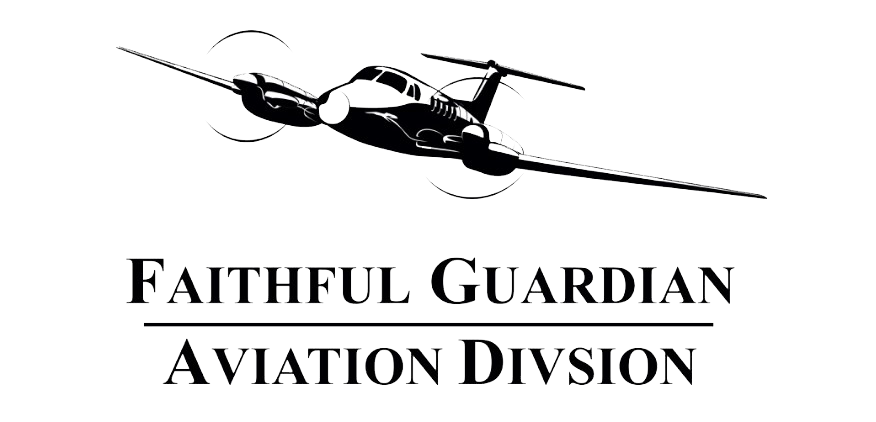Lesson 1.5 Lift and Drag
1. An airplane wing produces lift resulting from relatively higher air pressure below the wing surface and lower air pressure above the wing surface.a. Lift is defined as the force acting perpendicular to the relative wind.b. An increase in the angle of attack will increase drag.1. Drag acts parallel to the flight path.2. In all steady-state flight, including descent, the sum of all forward forces equals the sum of all rearward forces, and the sum of all upward forces equals the sum of all downward forces.a. During the transition from straight-and-level flight to a climb, the angle of attack must be increased and lift is momentarily increased.3. Any given angle of attack has a corresponding airspeed to provide sufficient lift to maintain a given altitude.a. As airspeed decreases, the airfoils generate less lift. Accordingly, to maintain altitude, the angle of attack must be increased to compensate for the decrease in lift.b. To generate the same amount of lift as altitude increases, the airplane must be flown at a higher true airspeed for any given angle of attack.4. As the angle of bank increases, the vertical component of lift decreases and the horizontal component of lift increases.5. As airspeed increases, lift and parasite drag increase as the square of the increase in airspeed; e.g., doubling airspeed quadruples lift and parasite drag.a. Induced drag is a byproduct of lift and is also greatly affected by changes in airspeed.6. Graphs including curves of the component of lift, the component of drag, and the lift/drag (L/D) ratio are frequently prepared to demonstrate the effect of the angle of attack on drag, lift, and the lift/drag ratio. Figure 3 below is an example.a. For any given angle of attack, the L/D ratio can be converted into altitude loss (in feet) per forward distance traveled.b. The L/D ratio can be the same for two different angles of attack.1. EXAMPLE: At 3° angle of attack and at slightly over 12° angle of attack, the L/D ratio is approximately 10.c. This chart can be used to calculate an airplane’s glide properties.1. EXAMPLE: If an airplane glides at an angle of attack of 10°, how much altitude will it lose in 1 SM?a. To determine the L/D ratio for a given angle of attack, you must use Figure 3 below.i. Locate 10° angle of attack at the bottom of the chart.ii. Draw a straight line along the 10° line to the L/DMAX line.iii. From that point, draw a straight line across to the right until you reach the L/D scale. The result is slightly over 11.iv. At a distance of 5,280 ft. (1 SM), the airplane will lose 480 ft. (5,280 ÷ 11) of altitude. Figure 3. Angle of Attack vs. Lift.7. In the left diagram below, as airspeed increases above the maximum lift/drag (L/DMAX) speed, total drag on the airplane increases due to the increased parasite drag. Figure 1 below is similar.a. As airspeed decreases below the L/DMAX speed, total drag increases due to increased induced drag.
Figure 3. Angle of Attack vs. Lift.7. In the left diagram below, as airspeed increases above the maximum lift/drag (L/DMAX) speed, total drag on the airplane increases due to the increased parasite drag. Figure 1 below is similar.a. As airspeed decreases below the L/DMAX speed, total drag increases due to increased induced drag.
 Figure 1. Drag vs. Velocity.8. By definition, the L/DMAX ratio is at the minimum (lowest) point of the total drag curve.a. The minimum point in the total drag curve is the point where the parasite drag and induced drag curves intersect.9. In a propeller-driven airplane, the airspeed resulting in L/DMAX will provide the maximum range and maximum glide distance.a. Many manufacturers provide glide data for a certain configuration. The speed and configuration were developed to provide the maximum glide distance. Figure 3A is an example.
Figure 1. Drag vs. Velocity.8. By definition, the L/DMAX ratio is at the minimum (lowest) point of the total drag curve.a. The minimum point in the total drag curve is the point where the parasite drag and induced drag curves intersect.9. In a propeller-driven airplane, the airspeed resulting in L/DMAX will provide the maximum range and maximum glide distance.a. Many manufacturers provide glide data for a certain configuration. The speed and configuration were developed to provide the maximum glide distance. Figure 3A is an example. Figure 3A. Maximum Glide Distance.10. When flaps are extended, lift and drag increase.
Figure 3A. Maximum Glide Distance.10. When flaps are extended, lift and drag increase.
